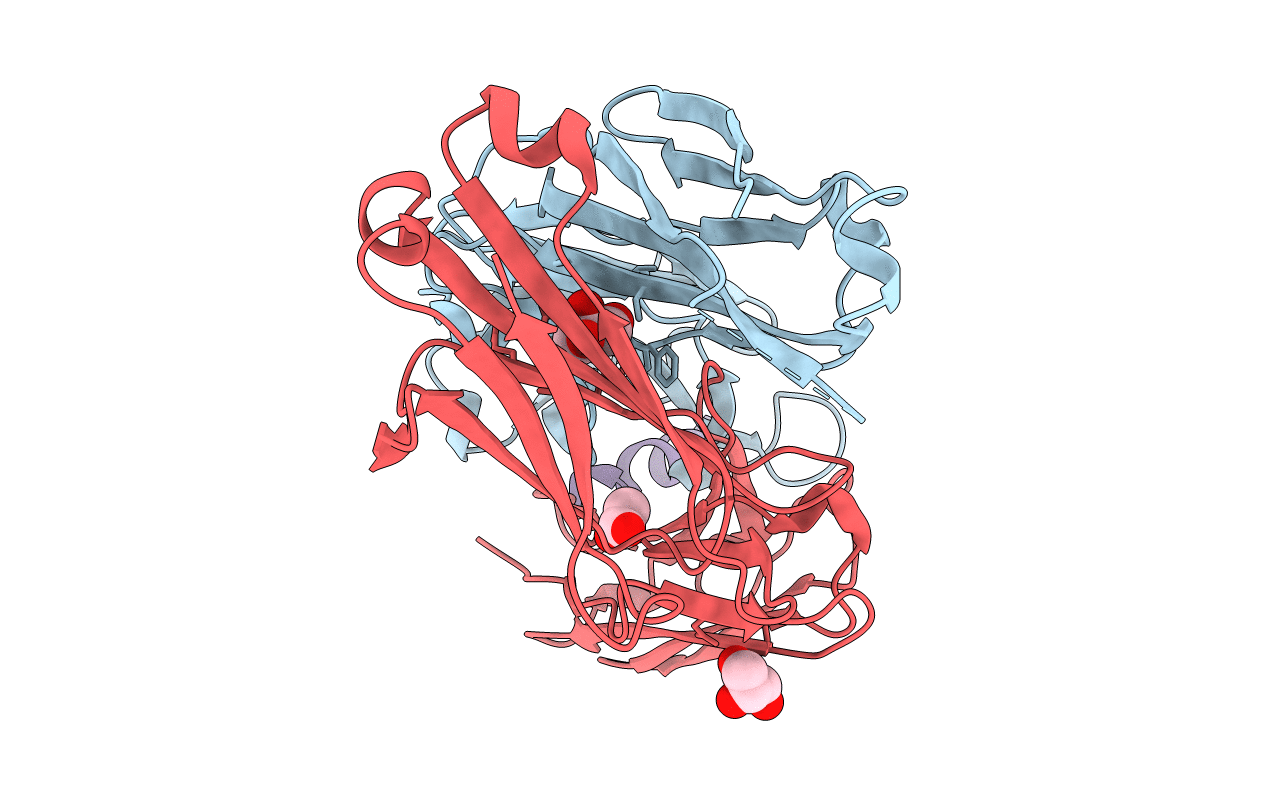
Deposition Date
2015-07-13
Release Date
2015-09-23
Last Version Date
2024-10-16
Entry Detail
PDB ID:
5CIL
Keywords:
Title:
Crystal Structure of non-neutralizing version of 4E10 (WDWD) with epitope bound
Biological Source:
Source Organism:
Homo sapiens (Taxon ID: 9606)
Human immunodeficiency virus 1 (Taxon ID: 11676)
Human immunodeficiency virus 1 (Taxon ID: 11676)
Host Organism:
Method Details:
Experimental Method:
Resolution:
1.81 Å
R-Value Free:
0.18
R-Value Work:
0.16
R-Value Observed:
0.16
Space Group:
C 1 2 1


